*insert cliche All The World‘s A Stage quote here* I'm Noah, and I enjoy the things that actors do. acting/theatre/whatever sideblog
Don't wanna be here? Send us removal request.
Text
I think the best thing about liking theatre is that when you get a little crazy about a character (in any way shape or form), you can wear their skin if you like. You can say their words and perform as them in front of an audience and for a play’s duration you have as much claim to that character as anyone else who’s ever performed them has. And it’s literally the best way you can honour them and keep them alive. Which is my biggest issues with movies and tv shows and all that is it’s seperate and only really ever one idea done with one set of people, and if the same idea keeps showing up it’s generally a bad thing. But with theatre and performing arts, you can do the same thing over and over with different people and it fucking rocks every time
952 notes
·
View notes
Text

New York City ballet production of Midsummer Nights Dream
248K notes
·
View notes
Text
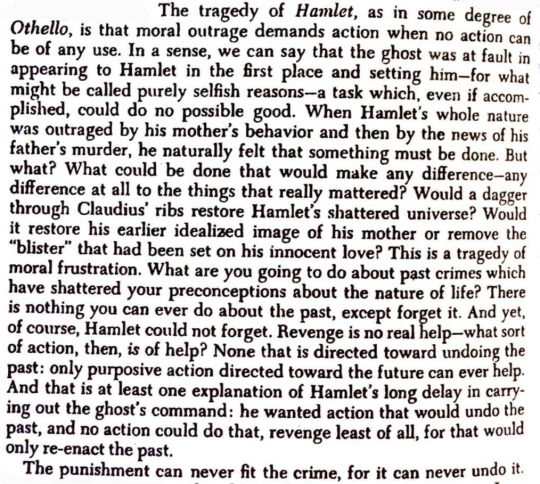
Absolutely insane lines to just drop in the middle of an academic text btw. Feeling so normal about this.
[ A Critical History of English Literature, Vol. 1, Prof. David Daiches, first published in 1960 ]
37K notes
·
View notes
Text
Dracula and Jonathan’s Tango - from The Polish National Opera production of ‘Dracula’.
With Choreography by Krzysztof Pastor and Music by Wojciech Kilar.
84K notes
·
View notes
Text
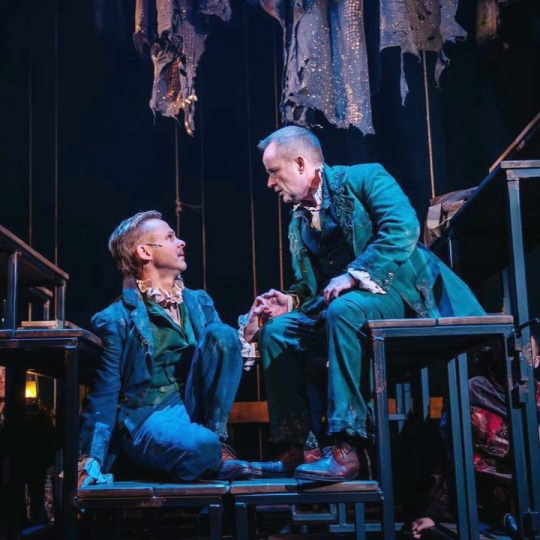
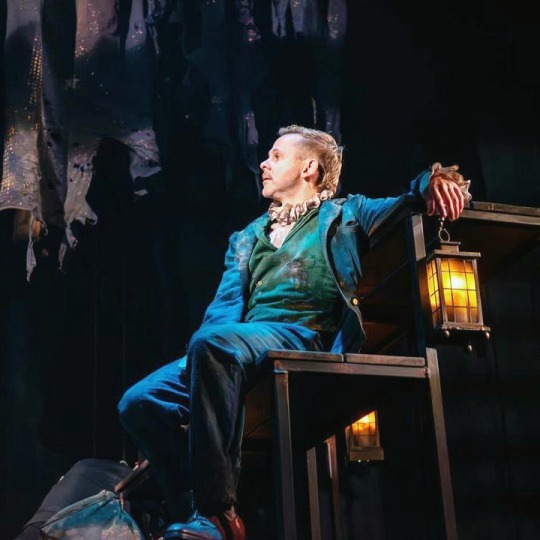
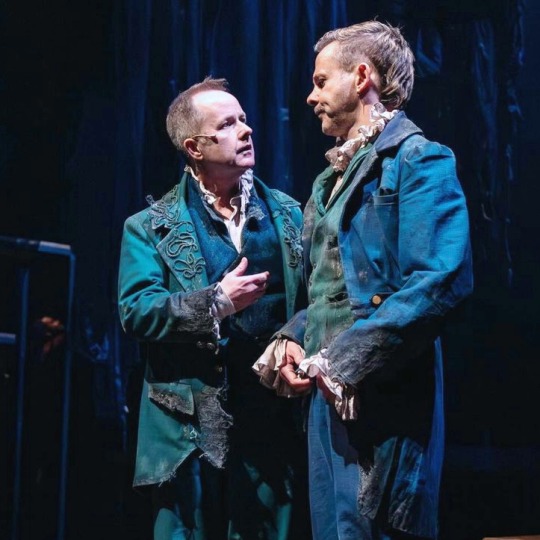

Dominic Monaghan and Billy Boyd in Rosencrantz & Guildenstern Are Dead.
8K notes
·
View notes
Text
I had a very interesting discussion about theater and film the other day. My parents and I were talking about Little Shop of Horrors and, specifically, about the ending of the musical versus the ending of the (1986) movie. In the musical, the story ends with the main characters getting eaten by the plant and everybody dying. The movie was originally going to end the same way, but audience reactions were so negative that they were forced to shoot a happy ending where the plant is destroyed and the main characters survive. Frank Oz, who directed the movie, later said something I think is very interesting:
I learned a lesson: in a stage play, you kill the leads and they come out for a bow — in a movie, they don’t come out for a bow, they’re dead. They’re gone and so the audience lost the people they loved, as opposed to the theater audience where they knew the two people who played Audrey and Seymour were still alive. They loved those people, and they hated us for it.
That’s a real gem of a thought in and of itself, a really interesting consequence of the fact that theater is alive in a way that film isn’t. A stage play always ends with a tangible reminder that it’s all just fiction, just a performance, and this serves to gently return the audience to the real world. Movies don’t have that, which really changes the way you’re affected by the story’s conclusion. Neat!
But here’s what’s really cool: I asked my dad (who is a dramaturge) what he had to say about it, and he pointed out that there is actually an equivalent technique in film: the blooper reel. When a movie plays bloopers while the credits are rolling, it’s accomplishing the exact same thing: it reminds you that the characters are actually just played by actors, who are alive and well and probably having a lot of fun, even if the fictional characters suffered. How cool is that!?
Now I’m really fascinated by the possibility of using bloopers to lessen the impact of a tragic ending in a tragicomedy…
62K notes
·
View notes
Text


thinking about how 17th century audiences must've gone feral at the you/thou switch
12K notes
·
View notes
Text




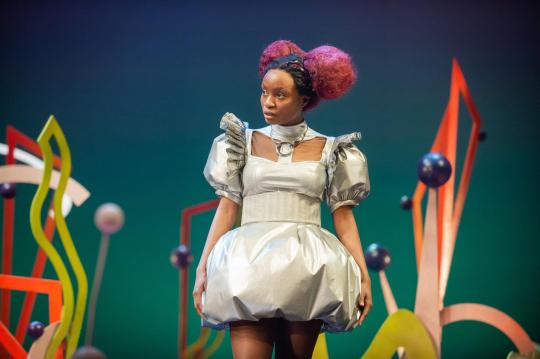



Much Ado About Nothing
Royal Shakespeare Company, 2022
Dir. Roy Alexander Weise
Photos by Ikin Yum
6K notes
·
View notes
Text
weird unprompted opinion but i think out of all the storytelling mediums.....theatre best portrays loneliness
165K notes
·
View notes
Photo
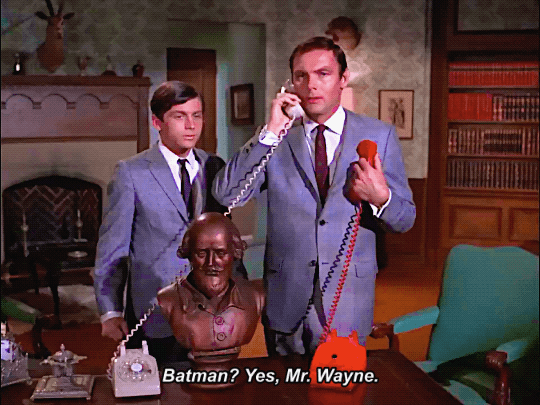


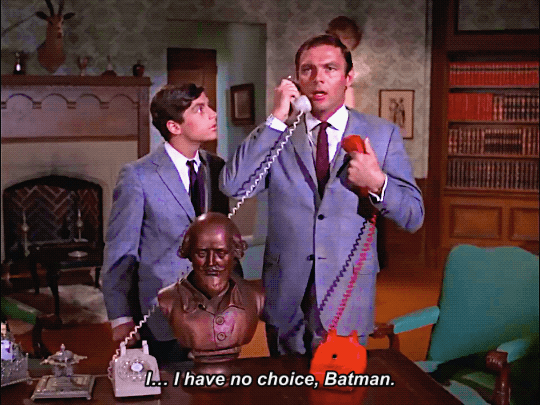
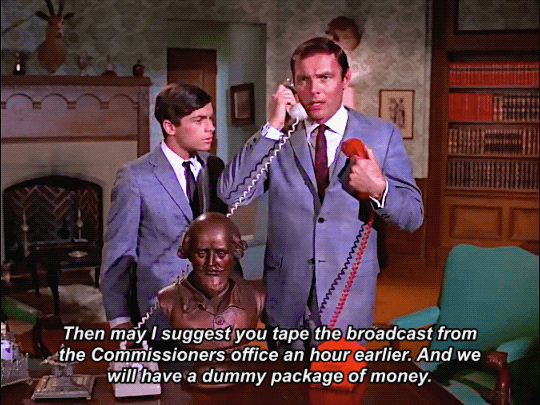

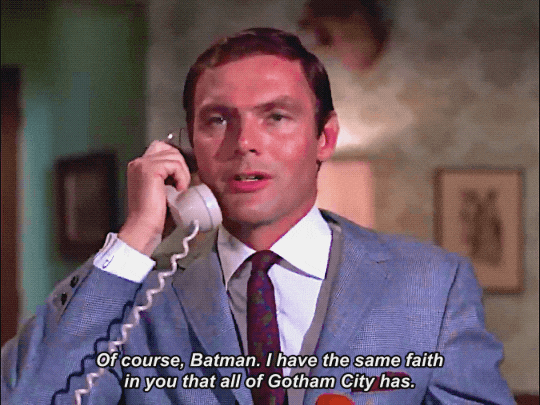

Batman: Fine. Did you get all that, Commissioner? Commissioner: Indeed I did, Batman. We’ll set up the tape telecast and have the dummy package of money waiting. See you at eleven tonight. Commissioner: Two fine men. So dissimilar in many respects and yet… yet so similar in others.
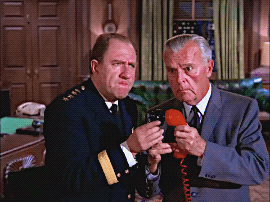
90K notes
·
View notes
Text
I've been thinking a bit about Beatrice and Benedick's use of the formal "you" as opposed to the informal "thou" and you guys get to hear about it.
So. At the beginning of the play, both Beatrice and Benedick use the formal "you" with Everyone. In fact, (with one notable exception,) Beatrice always uses the formal "you" throughout the play.
The first time Benedick uses the informal is Not when he first confesses his love to Beatrice, but when he receives confirmation that his feelings are requited:
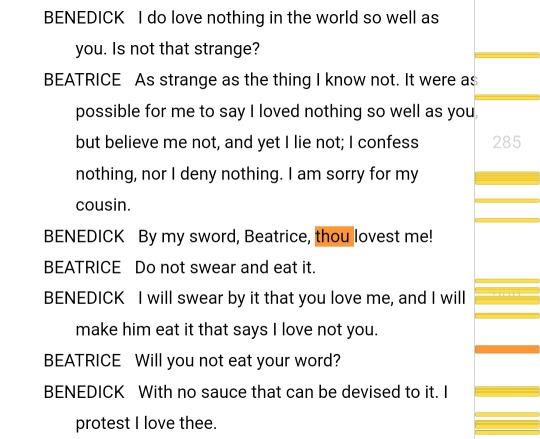
(notice how he wavers to the formal, and then back to the informal when he feels more sure of her!)
Benedick continues to use the informal until this very serious moment:
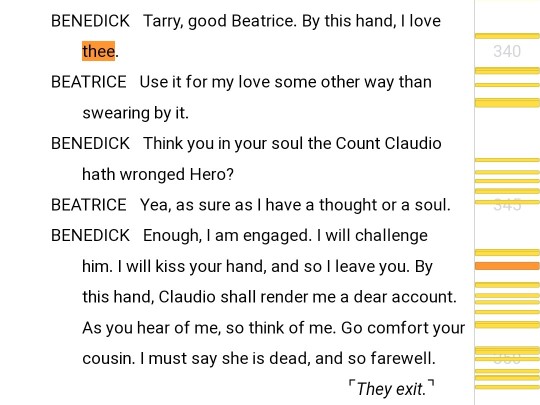
When they meet again, Benedick is using the informal, not just with Beatrice, but with Margaret, as he tries to wheedle her into letting him see Beatrice:

HOWEVER, he continues to use the formal with Claudio and Don Pedro as he refuses to be drawn into comradeship with them and challenges Claudio to a duel.
With Beatrice he uses the informal except when they're being serious:

At the end of the play, Benedick's embarrassment at having to profess his love publicly (and then uncertainty at how Beatrice responds) causes him to revert back to the formal again:

But then of course they get shown evidence of each other's bad poetry and
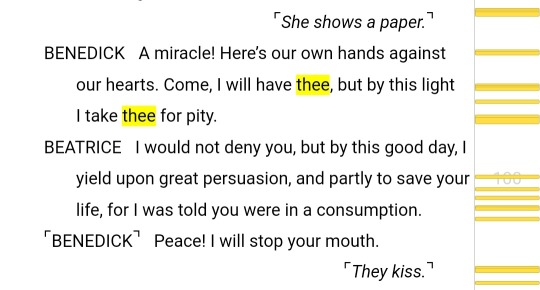
(even though it's a funny line, "I will stop YOUR mouth" seems to suggest to me that Benedick is being Very Serious about this kiss)
And then! Having achieved happiness in love, Benedick proceeds to go using the informal all over the place! In particular with Claudio and Don Pedro, probably as a way of showing them he's not holding a grudge:


OK yes, Dr. Maria, you're probably saying, but what about Beatrice?
Well, Beatrice ALWAYS uses the formal when she's talking to Benedick. Except the one time she address him when he's NOT THERE:
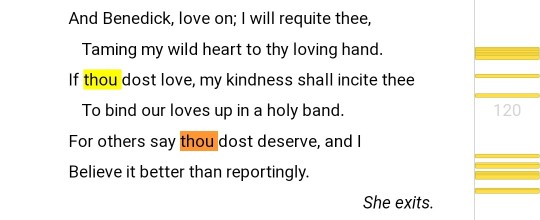
283 notes
·
View notes
Text
The best part of the National Theater Live production of Jane Eyre:
I think he was swearing, but am not certain;


however, he was pronouncing some formula which prevented him from replying to me directly.
31 notes
·
View notes
Video
Hamlet adaptation where Hamlet is a vlogger and all his soliloquies are breakdowns he uploads to YouTube
275K notes
·
View notes
Text
always thinking about the production of hamlet i saw at the pop up globe a couple of years ago where everyone was costumed in typical shakespearean dress and the set was fairly minimal BUT! they gave polonius an iphone. it was like a running gag that his ringtone kept going off when hamlet or claudius were trying to speak and they would get more and more impatient with him every time. the cast had perfect comedic timing and it was such a perfect modernisation of typical shakespeare humour
but oh my God. the nervous laughter that rippled through the audience when his phone went off behind the tapestry. the heavy silence that followed, interrupted only by the incessant chime of polonius’ ringtone and a muffled “shit, shit!” while he tried to decline the call. it keeps ringing even after hamlet has already put his sword through him. hamlet picks it up in his bloody hands and ends the call, puts it back in polonius’ grasp before turning back to face gertrude.
hands down the best set up and pay-off of any addition to a shakespeare play i have ever witnessed
44K notes
·
View notes
Text
a month ago i picked up a book on stage directing in my school’s black box and opened to a random page and it was something about making shakespearean actors rehearse by adding the word fuck to their lines to turn the archaic language into something familiar for the emotional resonance (of course taking it out as rehearsals move along to fix rhythm/etc but just to start off) and the example it gave was the solid flesh speech. like. iirc it was specifically “but two fucking months dead”
and like. im obsessed with this. as a concept. not even for acting i just think it’s so fucking funny. to be or not to be, that’s the fucking question. is this a fucking dagger i see before me. this is the excellent fuckery of the world -
52K notes
·
View notes
Text
the most insane double casting i’ve heard of is ophelia and horatio being played by the same actress. the implications of that drive me crazy
98K notes
·
View notes